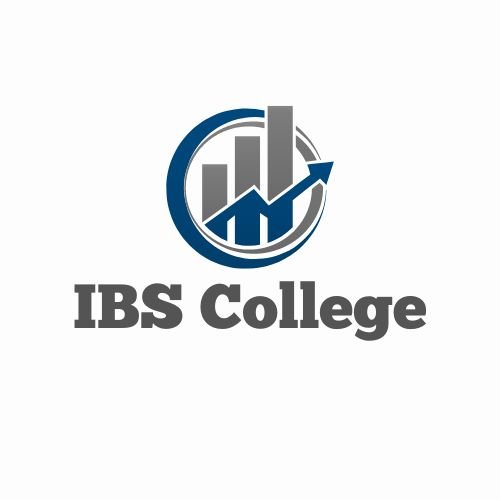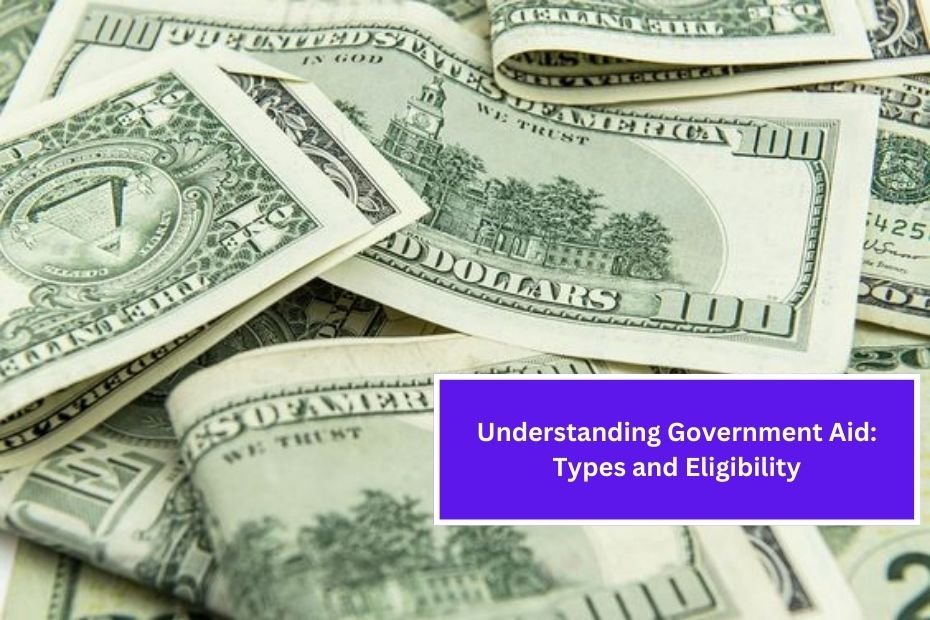Government aid plays a crucial role in supporting individuals and families facing financial challenges. Whether it’s help with healthcare, housing, education, or food, understanding the different types of government aid and who is eligible can make a significant difference in people’s lives. This article will explore various forms of government assistance, how they work, and the eligibility criteria for each type.
What is Government Aid?
Government aid refers to financial assistance and services provided by local, state, or federal governments to help individuals and families improve their quality of life. These programs aim to support those in need, whether due to low income, unemployment, disability, or other hardships. Government aid can come in many forms, including cash benefits, food assistance, housing support, healthcare services, and educational grants.
Types of Government Aid
1. Cash Assistance
Cash assistance programs provide direct financial support to eligible individuals and families. This aid can help cover basic living expenses like rent, utilities, and groceries.
Examples:
- Temporary Assistance for Needy Families (TANF): This program offers cash benefits to low-income families with children. It helps cover basic needs and encourages job preparation and work.
- Supplemental Security Income (SSI): SSI provides cash assistance to elderly, blind, or disabled individuals who have limited income and resources.
Eligibility: Eligibility for cash assistance programs typically depends on factors such as income level, family size, and specific circumstances like disability or age.
2. Food Assistance
Food assistance programs help individuals and families access nutritious food. These programs can reduce hunger and improve health outcomes.
Examples:
- Supplemental Nutrition Assistance Program (SNAP): Formerly known as food stamps, SNAP provides monthly benefits to eligible low-income individuals and families to purchase food.
- Women, Infants, and Children (WIC): This program offers nutrition assistance, education, and healthy food to low-income pregnant women, new mothers, and young children.
Eligibility: Eligibility for food assistance programs usually depends on income and household size. SNAP often requires applicants to meet certain income limits based on the federal poverty level.
3. Housing Assistance
Housing assistance programs aim to make housing more affordable for low-income families and individuals. These programs can help cover rent or provide access to subsidized housing.
Examples:
- Housing Choice Voucher Program (Section 8): This program provides vouchers to help low-income families pay for housing in the private market. Participants typically pay a portion of their income towards rent, while the voucher covers the remainder.
- Public Housing: This program offers affordable rental housing for low-income individuals and families managed by local housing authorities.
Eligibility: Eligibility for housing assistance programs often considers income, family size, and citizenship status. Local housing authorities have specific guidelines based on federal standards.
4. Healthcare Assistance
Healthcare assistance programs provide access to medical services for low-income individuals and families. These programs can help cover costs associated with healthcare, including insurance premiums and out-of-pocket expenses.
Examples:
- Medicaid: Medicaid is a state and federal program that provides health coverage for eligible low-income individuals and families. It covers a wide range of services, including hospital visits, doctor appointments, and long-term care.
- Children’s Health Insurance Program (CHIP): CHIP provides health coverage for children in families with incomes too high to qualify for Medicaid but too low to afford private coverage.
Eligibility: Eligibility for healthcare assistance programs often varies by state, but generally, it is based on income, family size, and specific criteria like age, pregnancy, or disability.
5. Educational Assistance
Educational assistance programs help individuals access education and training opportunities. These programs can provide financial support for tuition, fees, and other educational expenses.
Examples:
- Pell Grants: Pell Grants are federal financial aid grants awarded to low-income undergraduate students. Unlike loans, these do not need to be repaid.
- Federal Work-Study Program: This program provides part-time jobs for students with financial need, allowing them to earn money to help pay for college.
Eligibility: Eligibility for educational assistance programs typically depends on factors such as financial need, enrollment status, and academic performance. Students may need to complete the Free Application for Federal Student Aid (FAFSA) to determine eligibility.
How to Apply for Government Aid
Applying for government aid can vary depending on the type of assistance. However, there are general steps you can follow:
- Determine Eligibility: Research the different types of aid available and identify which programs you may qualify for based on your circumstances.
- Gather Documentation: Collect necessary documents, such as proof of income, identification, and any other relevant information required by the program.
- Complete Applications: Fill out the required application forms for the specific assistance programs you are applying for. Some applications can be completed online, while others may need to be submitted by mail or in person.
- Follow Up: After submitting your application, check the status and respond promptly to any requests for additional information from the agency.
- Appeal If Necessary: If your application is denied, you may have the right to appeal the decision. Follow the instructions provided to contest the decision.
Conclusion
Understanding government aid and its various forms can significantly impact those facing financial hardships. From cash assistance and food programs to housing support and healthcare services, these programs are designed to help individuals and families achieve stability and improve their quality of life.
If you or someone you know may be eligible for government aid, take the time to research the available options and follow the application process. By accessing these resources, you can find support during difficult times and work towards a brighter future. Remember, help is available, and reaching out is the first step toward making a positive change.

